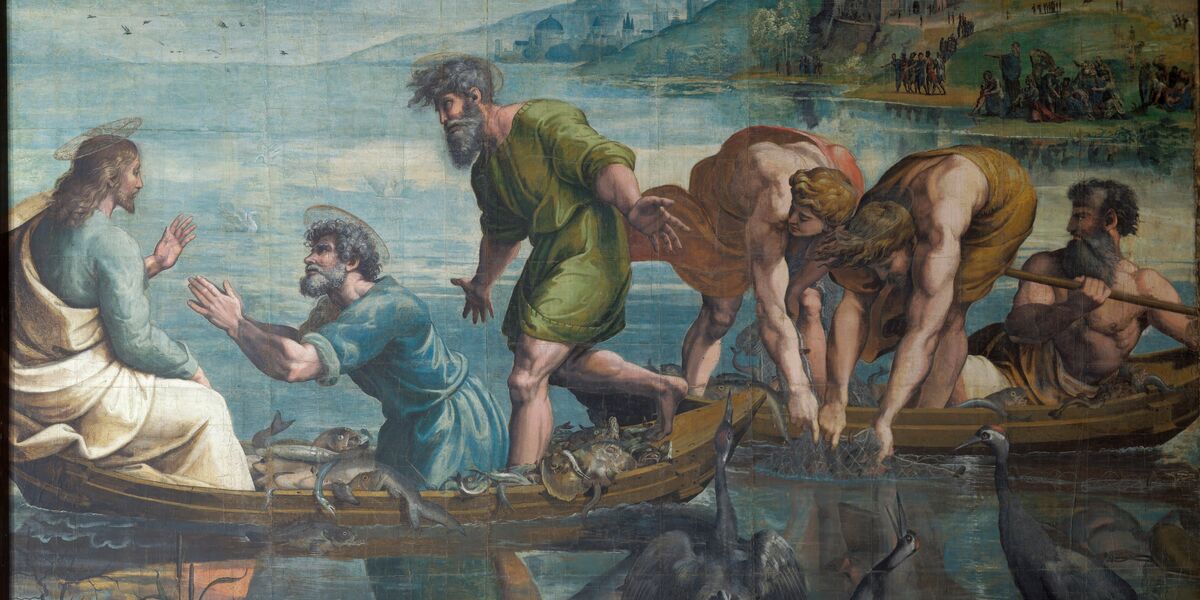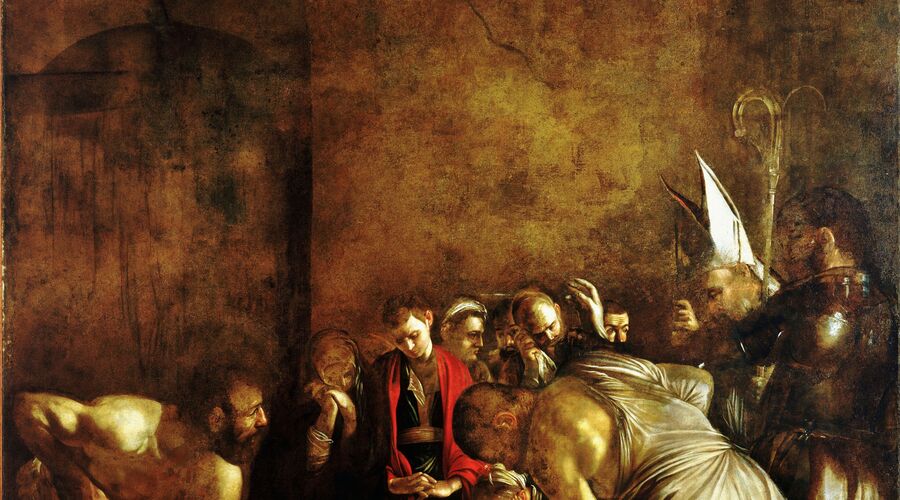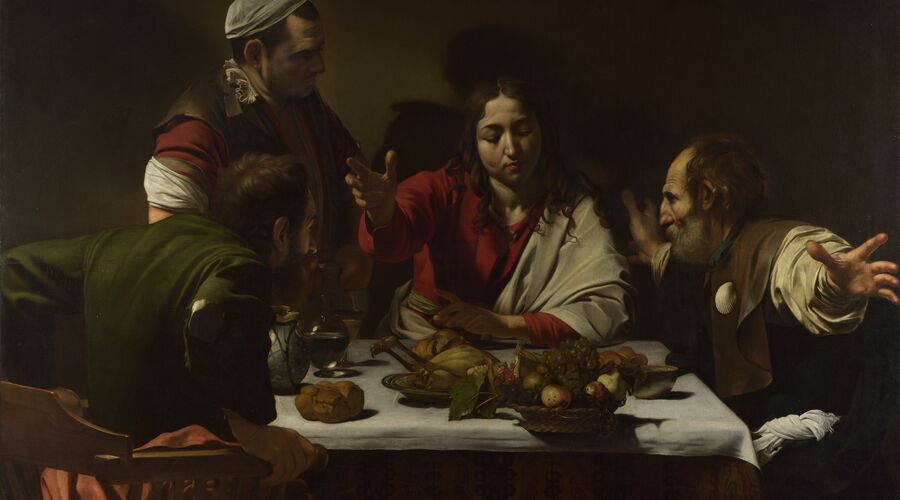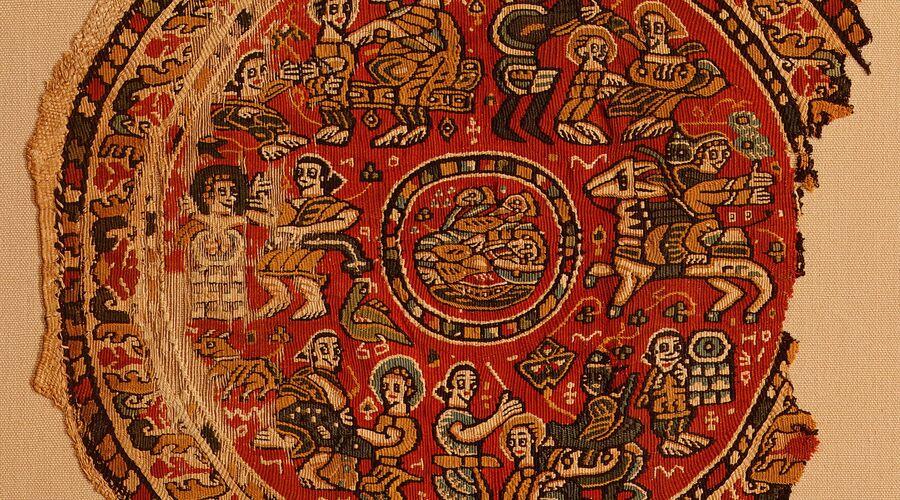Spotlight: Raphael


Spotlight on Raphael (1483–1520)
This page is the first of a new series of ‘VCS Spotlights’, each of which will feature a particular artist or key groupings of artworks from our site. We launch the series with the Renaissance master Raffaello Sanzio, perhaps better known as Raphael.
Introduction to Raphael
Raphael is long recognized as one of the supreme Renaissance painters alongside his contemporaries Michelangelo and Leonardo. Raphael's works and his particular brand of harmonious classicism dominated European painting from the sixteenth until the mid-nineteenth century.
He was born in Urbino where he must have first trained under his father, court painter Giovanni Santi. Raphael became an independent master by the year 1500 and worked throughout central Italy, spending most of his time in Florence, primarily painting images of the Madonna and Child. He was called to Rome to the court of Pope Julius II to help with the redecoration of the papal apartments in 1508 and he soon became a skilled portraitist and history painter. In 1514, he was appointed architect in charge of St Peter's and shortly thereafter also became Supervisor of the Vatican collection of classical antiquities.
Of his many masterpieces, some of the grandest and most prestigious were the tapestry designs he produced for Pope Leo X for the Sistine Chapel. A number of these full-scale designs on paper (known as cartoons) have miraculously survived, forming part of the collection of Her Majesty the Queen, and have been on long-term loan to the Victoria and Albert Museum since 1865.
VCS Raphael Video: The Cartoons
Raphael on the VCS
Explore more and more works related to Raphael by clicking on the images below.
More Spotlights


















